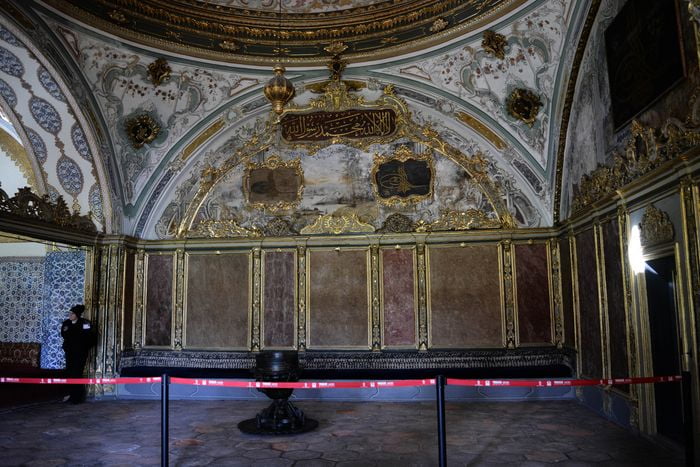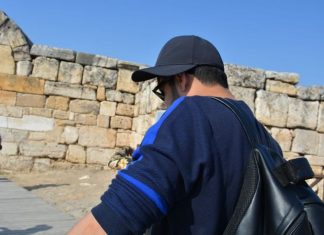As then Christ armed his Apostles against the ancient idolatry with the power of the Holy Spirit, and sent them out into all the world, so has he awakened against the new idolatry his servants our faithful Emperors, and endowed them with the same wisdom of the Holy Spirit.
Impelled by the Holy Spirit they could no longer be witnesses of the Church being laid waste by the deception of demons, and summoned the sanctified assembly of the God-beloved bishops, that they might institute at a synod a scriptural examination into the deceitful colouring of the pictures (omoiwmatwn) which draws down the spirit of man from the lofty adoration (latreias) of God to the low and material adoration (latreian) of the creature, and that they, under divine guidance, might express their view on the subject.
Our holy synod therefore assembled, and we, its 338 members, follow the older synodal decrees, and accept and proclaim joyfully the dogmas handed down, principally those of the six holy Ecumenical Synods. In the first place the holy and ecumenical great synod assembled at Nice, etc.
Painting living creatures
After we had carefully examined their decrees under the guidance of the Holy Spirit, we found that the unlawful art of painting living creatures blasphemed the fundamental doctrine of our salvation–namely, the Incarnation of Christ, and contradicted the six holy synods. These condemned Nestorius because he divided the one Son and Word of God into two sons, and on the other side, Arius, Dioscorus, Eutyches, and Severus, because they maintained a mingling of the two natures of the one Christ.
Wherefore we thought it right, to shew forth with all accuracy, in our present definition the error of such as make and venerate these, for it is the unanimous doctrine of all the holy Fathers and of the six Ecumenical Synods, that no one may imagine any kind of separation or mingling in opposition to the unsearchable, unspeakable, and incomprehensible union of the two natures in the one hypostasis or person.
What avails, then, the folly of the painter, who from sinful love of gain depicts that which should not be depicted–that is, with his polluted hands he tries to fashion that which should only be believed in the heart and confessed with the mouth? He makes an image and calls it Christ. The name Christ signifies God and man. Consequently it is an image of God and man, and consequently he has in his foolish mind, in his representation of the created flesh, depicted the Godhead which cannot be represented, and thus mingled what should not be mingled. Thus he is guilty of a double blasphemy–the one in making an image of the Godhead, and the other by mingling the Godhead and manhood.
Read More about Mrs Bullfrog Part 2








